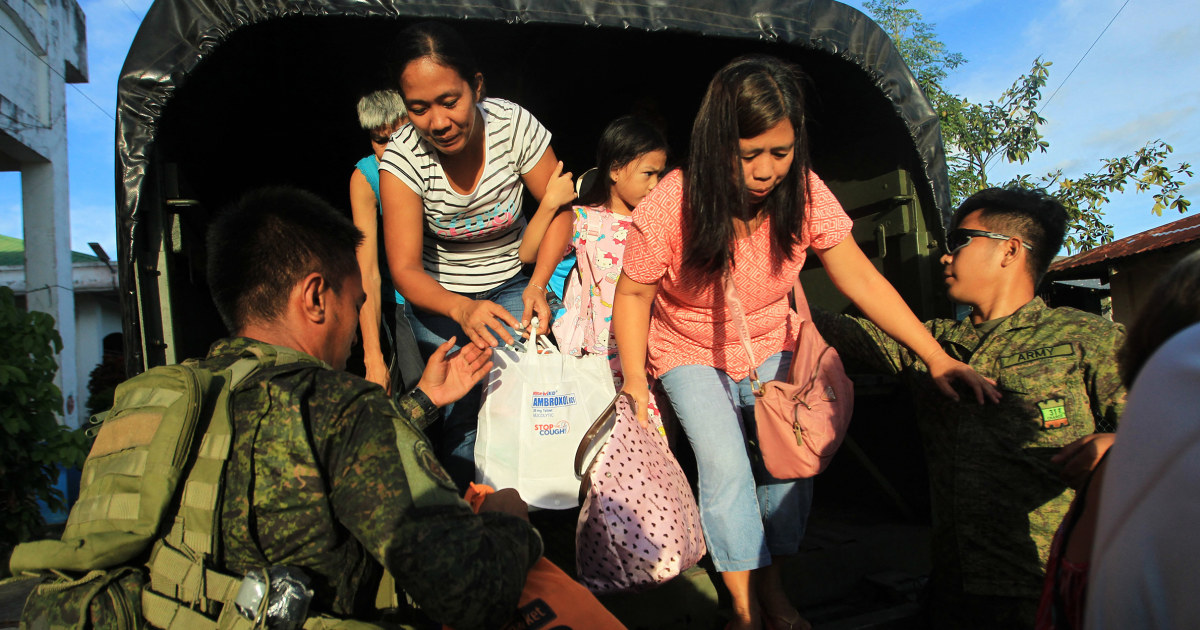
Marcos warned of potential storm surges that meteorologists estimate could reach up to 3.2 yards and told residents to seek safe shelter ahead of heavy rain in eastern provinces and Metro Manila over the weekend.
Man-yi, locally known as Pepito, is the sixth tropical cyclone to enter the typhoon-battered Philippines in a month.
“We have to do a little extra here. We are already in bad shape because of the saturation, the damage done to infrastructure, homes and other infrastructure,” Marcos told a situation briefing.
“Watch out for the storm surge and continue what you are doing on the relief goods.”
The National Capital Region (NCR), a dense urban sprawl of 16 cities that is home to more than 13 million people, is at risk of flooding from heavy to intense rains starting Sunday at noon, data from the state weather agency showed.
“NCR is in greatest danger here,” Interior Secretary Juanito Victor Remulla told the briefing. “NCR is very vulnerable to flooding again.”
Man-yi gained strength overnight in the western Pacific, with sustained winds of up to 93.2 miles per hour and gusts of up to 115 mph. It is forecast to make landfall in the eastern province of Catanduanes between Saturday evening and Sunday morning.

Another typhoon, Usagi, weakened sharply on Friday after bearing down on the Philippines’ northern towns, blowing away houses in its path before heading toward Taiwan.
No casualties have yet been reported from Usagi, but thousands of families living in vulnerable communities had fled ahead of its arrival.
Rueli Rapsing, head of the Cagayan disaster relief office, said town officials were still checking the extent of the damage from the storm.
“There were more homes that were partially or totally blown after Marce (Typhoon Yinxing). Currently, we’re moving around assessing the damage,” Rapsing said Friday.
Mandatory evacuations of vulnerable residents in coastal towns in Typhoon Man-yi’s path will begin on Friday, the interior ministry said.
In October, Tropical Storm Trami and Typhoon Kong-rey brought heavy flooding and triggered landslides, killing 162 people with 22 still missing, according to government data.
Four storms churned in the western Pacific Ocean at the same time this month, the first time it has happened since records began in 1951, the Japan Meteorological Agency said.
About 20 tropical storms strike the Philippines each year on average, bringing heavy rains, strong winds and deadly landslides.
In 2013, Typhoon Haiyan, one of the strongest typhoons ever recorded, slammed the central city of Tacloban, killing more than 6,300 people.
Storms have become stronger, drawing energy from warmer waters, while rising sea levels are also making low-lying coastlines more vulnerable.
